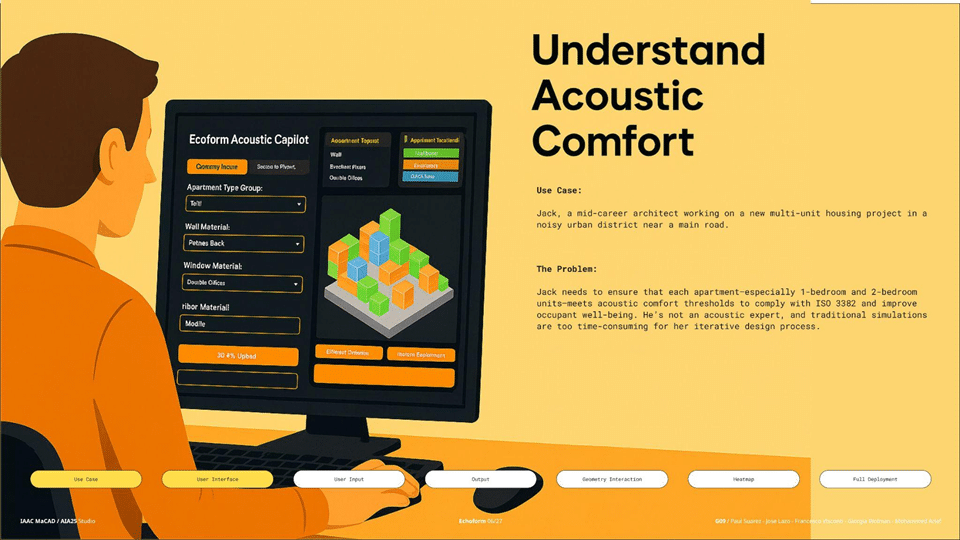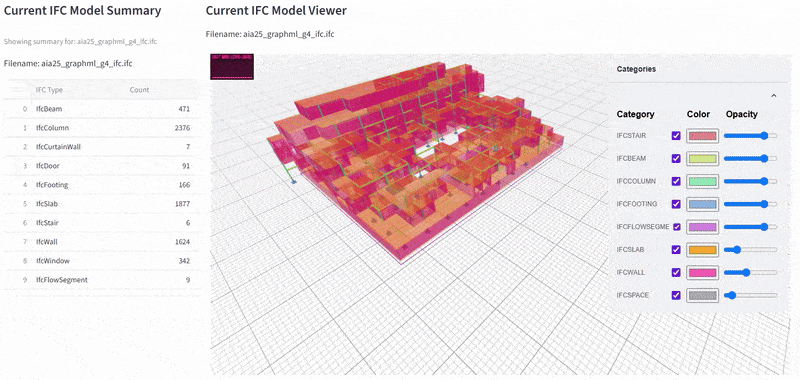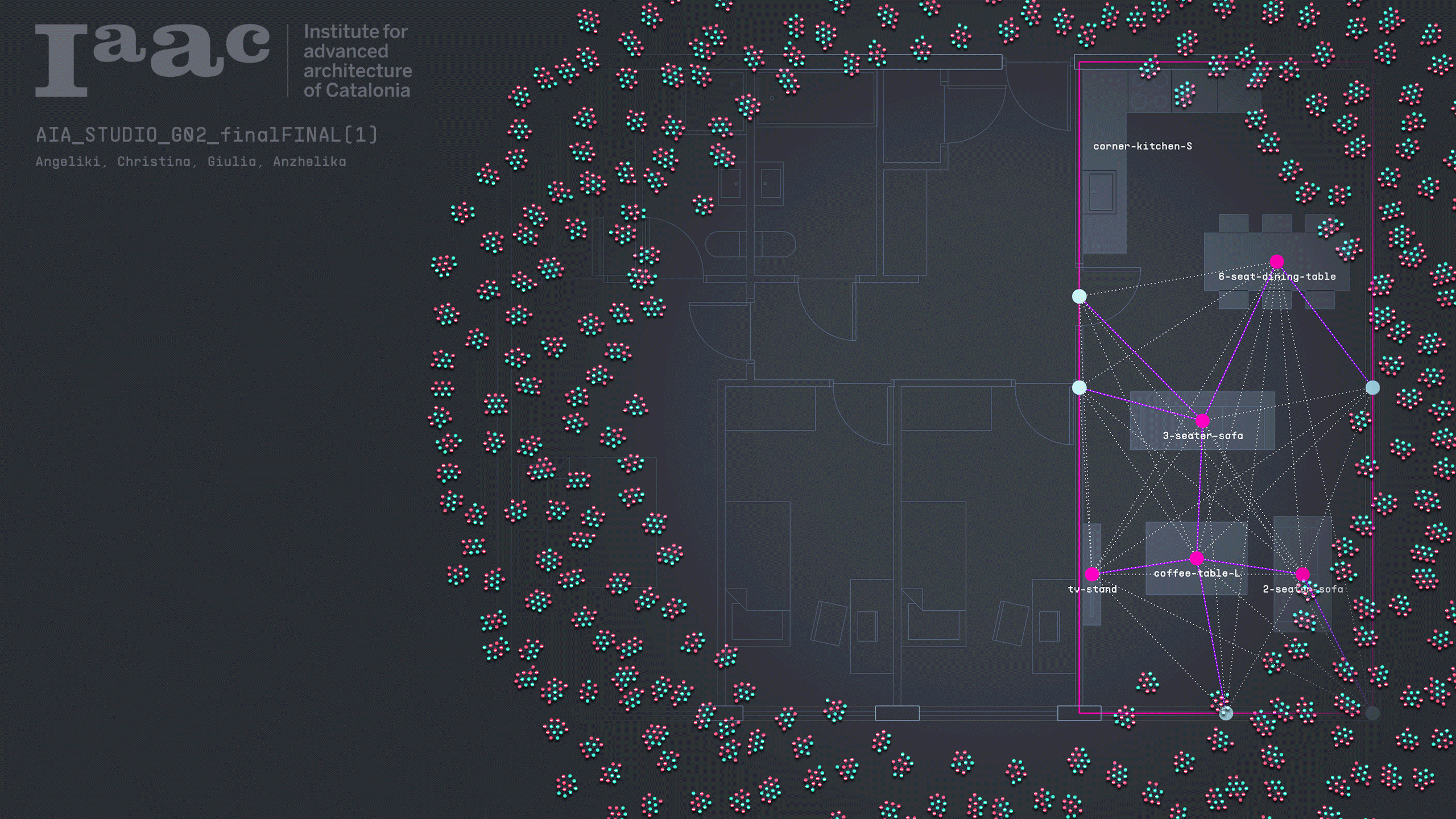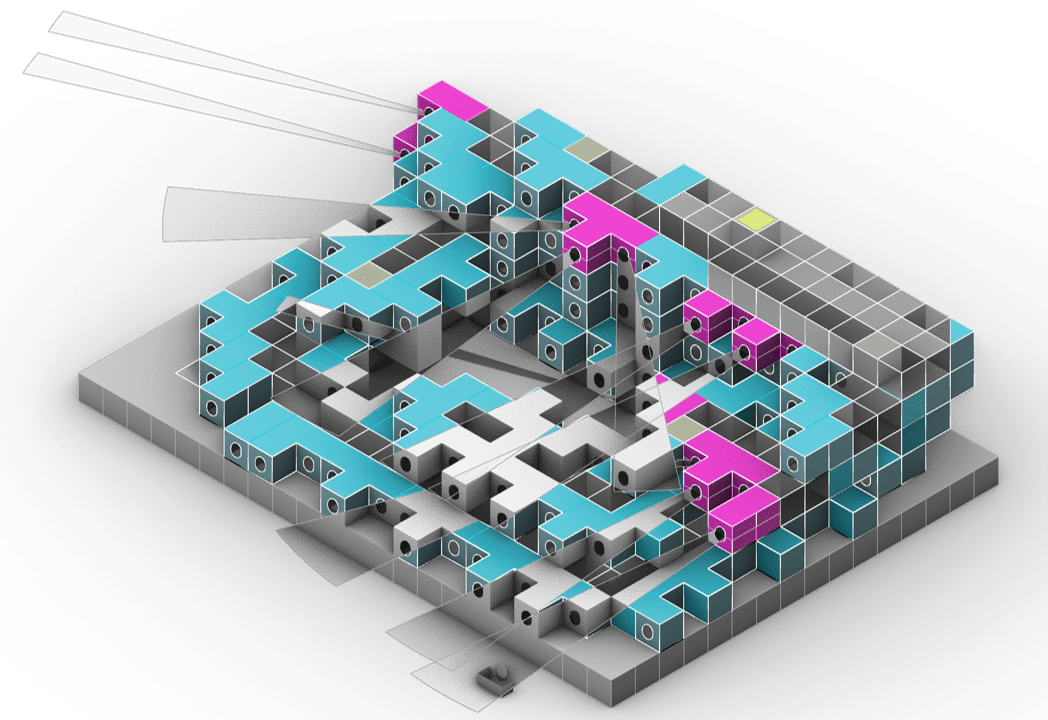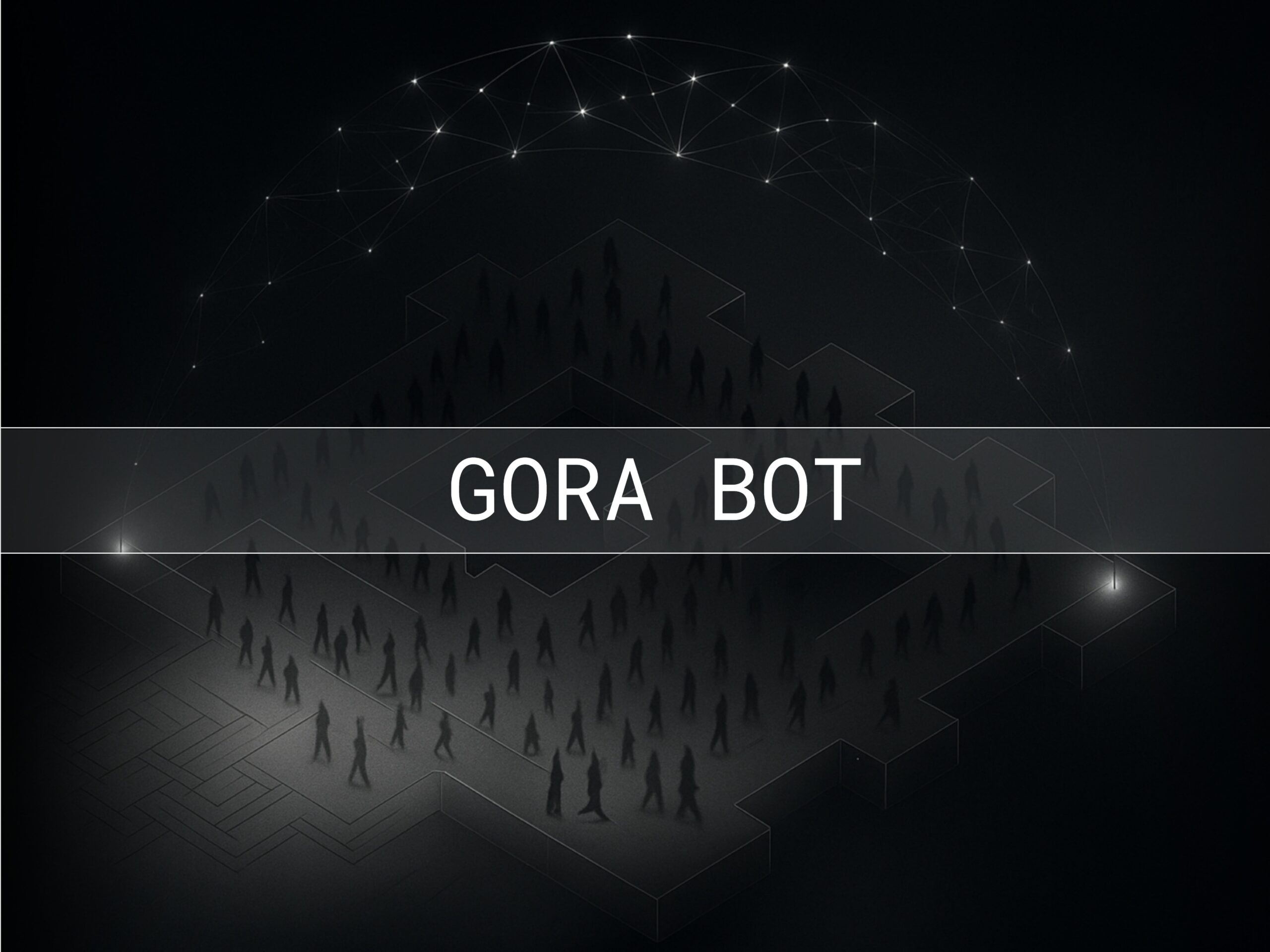DESIGN COPILOTS
MaCAD AI in Architecture Studio
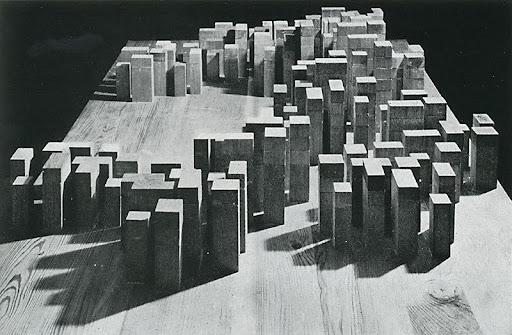
Model of the Neue Stadt in Köln by O.M. Ungers
The absorption of artificial intelligence (AI) into architectural design holds immense potential, yet much of its landscape remains unexplored. Visualization and rendering were the first frontiers to capture our imagination. Now, design optimization, construction robotics, digital twins and many other applications are rapidly advancing within an industry that has long felt stagnant.
AI is set to become an integral part of everyday AEC tasks, with expanding data capture and consumption driving an increasing reliance on knowledge-based systems. Its ability to automate processes and enhance efficiency will undoubtedly transform existing workflows.
However, this studio invites you to look beyond AI as a mere tool for optimization. Instead, it challenges you to explore its emerging role as an active collaborator in architectural design – one that has the potential to reshape how designers engage with space and problem-solving.
If we place AI at the core of the design process, can it conceptualize, iterate, and communicate spatial ideas? Can it navigate conflicting design objectives? Can it contribute meaningfully to the discussion? And if so, how does it participate? When does it speak, and what can it say?
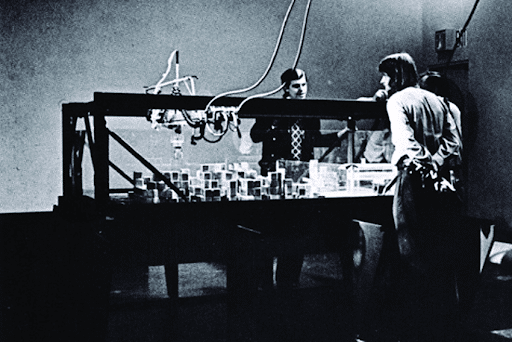
The Architecture Machine Group MIT
This studio´s core philosophical provocation lies in challenging the traditional boundaries of design agency at a time when everything is about to change. You will examine how emerging techniques in Learning, Generation, and Representation can assist in decision-making, with Large Language Models playing a key role. These offer architects an opportunity to reinvent how to engage with design problems – informing the decision process, analysing precedents and predicting future behaviour, moving through narratives of design intent or finding completely new arrangements.
But before AI can be given a role – a retriever, a generator, a copilot – and offer any sort of meaningful, contextualized insight, it must first understand the design space. How is it defined, or constrained? What is the goal? How is it measured? How are two solutions different? What do we know about them? How do we align to intent? How do we know we got there? How do we know when to stop?
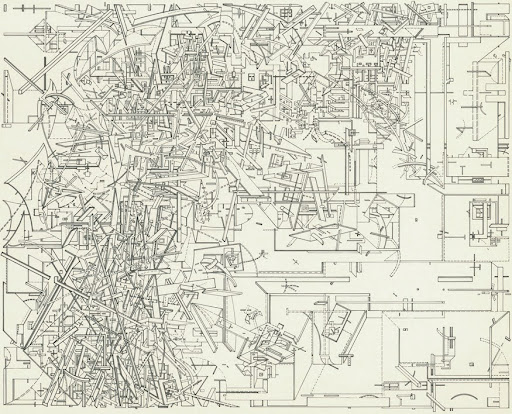
Drawings by Daniel Libeskind
DESIGN COPILOTS suggests exploratory projects where AI systems are not used as traditional tools, but agentic systems that share the cognitive load, challenge assumptions, and introduce unexpected trajectories. Just as a copilot in aviation actively interprets conditions, anticipates challenges, and contributes to collective decision-making.
Learning Objectives
Throughout this design studio, students are expected to develop the following skills:
- Recognize, understand and experiment with emerging applications of AI in the AEC industry;
- Develop a nuanced understanding of AI’s limitations and potential biases in design contexts;
- Gain proficiency in applying generative AI for architectural ideation and analysis;
- Explore multimodal AI approaches that integrate visual, textual, and parametric design inputs;
- Generate, curate and evaluate geometry datasets for model training;
- Prototype interactive AI systems that can assist with architectural decision-making;
KEYWORDS
design agency, collaborative systems, multimodal AI







